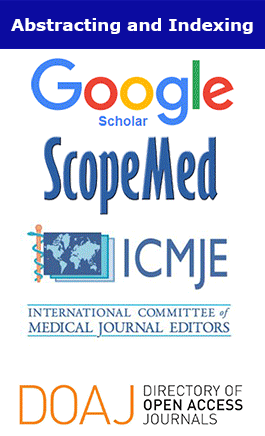Diabetes Management: Continuous Glucose Monitoring System, Technology, Mechanisms, And Future
Somashekharayya Hiremath
Abstract
Diabetes management has grown significantly in the past few years thanks to Continuous Glucose Monitoring (CGM) devices. CGMs are clever devices that track glucose levels in real-time, providing profound observations that help track information related to diabetes, which was not possible before. Unlike traditional fingerstick tests, continuous monitoring systems use small, minimally invasive sensors to measure glucose levels under the skin, giving both patients and healthcare providers a transparent picture of how glucose changes throughout the day. The paper explores how CGM systems work, including their sensor design, the algorithms used to process the data collected from sensors, and the integration of sensors with insulin delivery systems. The paper also covers recent advancements that make CGMs more user-friendly and efficient. However, every system has challenges like cost, accessibility, and data privacy, and these still need to be addressed to make CGMs widely available. By exploring the technology behind the continuous monitoring systems, this paper highlights their powerful impact on diabetes management and CGMs' potential use in the future. The advancements in glucose monitoring systems would include non-invasive glucose monitoring and artificial intelligence to help people make more informed decisions about their health. CGMs are designed to fit into people's lives effortlessly. With intuitive interfaces and easy integration with other devices, they are making diabetes management not just more effective but also more accessible and convenient for every individual.



